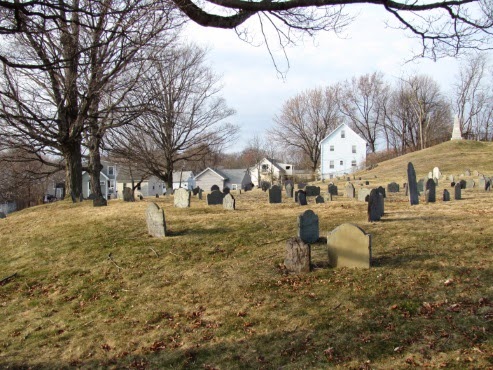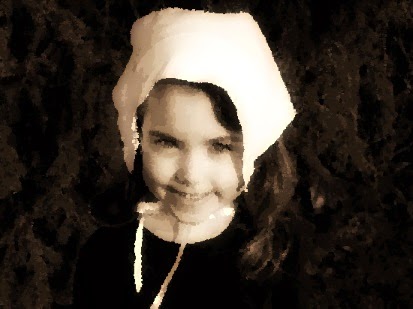I have a new 3rd cousin! This in itself is actually nothing remarkable, since I have been gaining cousins at a pretty good clip since having had my dna analysis done. However, this cousin (I'll call her Loren) is special, because she comes from an ancestor about whom I have had very little information... Caroline Reid! I wrote about Caroline here, and at that time I only presumed that a first son, William, existed. I had thought he must have died young, as I could not find any further mention of him in the records. Had William lived, he would have been the brother of my great-grandfather, John Reid.
As part of my quest to find the father of William and John, who would be my great-great-grandfather, I went back to Rootschat, where I'd found such wonderful help in identifying Caroline Reid in the first place and in tracing the life of her son John. My goal was to pinpoint her whereabouts in the year 1871, the year prior to John's birth, so that I could use that area as a starting point in my search for her child's father.
I asked for any information that others may have access to regarding Caroline Reid in or about 1871, thinking that perhaps someone else could locate her in the census of that year where I had come up empty handed. I did not find with certainty where she lived in that year, but I discovered so much more that I now know she did remain in the area where her children were born during that time frame.
 |
| Neilston, Renfrewshire, Scotland |
I want to thank all who had a hand in assisting me in my research regarding Caroline. In particular, one terrific woman in Scotland by the name of Anne was tremendously kind and generous with her time. It was Anne who discovered for sure that William was indeed Caroline's first child, and that he grew to adulthood and had children! One of his sons, John, is the grandfather of my new 3rd cousin, Loren.
Apparently, William was born in June of 1870 in Neilston, Renfrewshire. The address Broadlea Bank Street was also on the birth record. William then turns up with his mother's admittance to the Paisley poorhouse in the fall of 1871. She was pregnant at that time, and gave birth to John in January of 1872 at the poorhouse.
William next appears at an "industrial school" in Paisley after his mother's death in 1881. We also uncovered records of his marriage to Elizabeth Alexander in 1901, and William's service in the Argyll & Sutherland Highlanders in WWI, 1914.
He raised a large family, living first in Paisley and later moving to Glasgow. He died at the age of 67 in Glasgow of complications from diabetes.
Whether or not brothers William and John kept in touch will never be known, but William named a son John and John named a son William, so perhaps they were at least in one another's thoughts. As it happened, John's son William was my grandfather and William's son John was Loren's grandfather.
 |
| John Reid, son of William Reid |
As a post-script, on William's marriage record, he recorded William Reid and Elizabeth McVey as his birth parents. These were falsified names, proved by William's death record where his son confirmed that his birth mother was Caroline Reid. However, upon further research, there was a John McVey, two years younger than Caroline, living in Broadlea Bank Street, Neilston in 1871. His occupation is listed as bobbin turner. Caroline was listed as bleacher (probably bleaching the cotton thread or fabric that was produced in the factory where she worked). Did William know his father's surname and did he use it as his "mother's" name on his marriage record? We may never know.
At any rate, John could well have had a different father, so I'm not putting a lot of energy into tracking down McVeys, though it will remain a possibility throughout my quest. In the meantime, I have my new cousin (who lives now in England) who I never would have met, had it not been for the help of Anne and others in Scotland.
My father's dna test has come back, by the way, and it yields some interesting findings. In particular, there is one dna match who is estimated to be a 2nd to 3rd cousin, but this cousin's family tree dead-ends after a few generations and I haven't been able to find a likely connection as of yet. Onward and upward with my quest. I believe that Caroline is somehow aware of it, and that she will help steer me in the right direction in the end.































